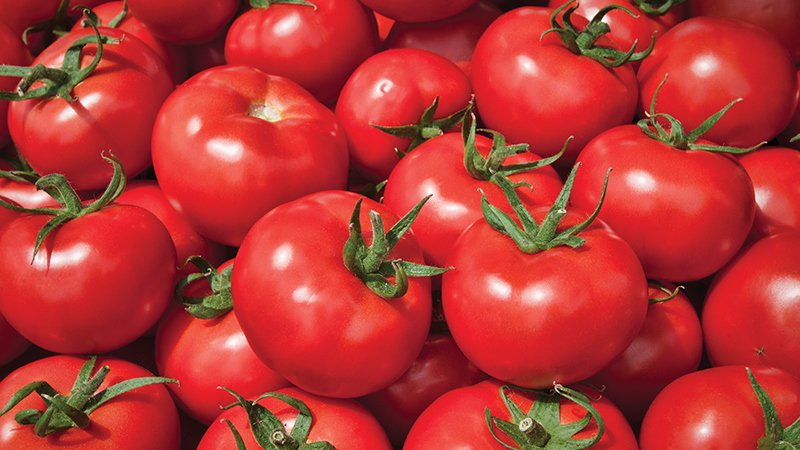The Global Food Challenge is Taking on Extra Weight
The global challenge of feeding 9 billion or 10 billion by 2050 has been a rallying call for the agriculture industry for years. It is the stat often pointed to in support of new technologies or innovation in farming. The underlying message being, if we don’t do this or that, we won’t be able to feed a growing population and a hungry world.
It is a fair argument and one that I have made in the pages of this magazine more than a few times. But, some in agriculture — myself included — have begun to believe that the statement could have become just a talking point and even a crutch to not study the food and population question more deeply.
I certainly don’t claim to be an expert in this realm, but I do find myself questioning and more curious about the 2050 challenge. Population growth rates are particularly interesting. They have been slowing down. Places like China and India where much of the growth was anticipated have a growing middle class and that generally equates to smaller family sizes. In Western countries, population growth rates have fallen below replacement levels.
Today, a quick google search might yield just as many hand-wringing stories about slowing population growth as those about a population bomb. I think a lot of the experts and data show we will get to 10 billion at some point, it is just a matter of when.
Recently, I read an interesting observation in the Washington Post by Gerald Nelson. He is a retired economist at the University of Illinois/Urbana-Champaign and a former research fellow at the International Food Policy Research Institute.
In his opinion piece, he acknowledged the challenge of providing food security to 10 billion people, but pointed out that there are differing opinions of how to actually define the problem. He says it comes down to calories versus adequate nutrient consumption.
Nelson notes that much of the agricultural research establishment has focused on producing calories and supplying major food staples like wheat, rice, corn, and other carbohydrate-rich crops.
He says the good news is that agriculture will be able to produce food to adequately feed 10 billion people even with best-case and worst-case climate change scenarios thrown into the mix. But what will be the nutrient density of those foods? Our success in producing carbohydrate-rich foods has been nothing short of amazing. That is great but, we’ve packed on a few pounds worldwide while doing so. According to the Word Health Organization, there are more than 600 million adults in world that are obese — two-thirds of which live in developing countries. Childhood obesity is rising much faster in poorer countries than richer ones.
In the column he notes, “Under even the worst conditions, there will be enough food, if we define ‘enough’ as meaning sufficient calories, on average, for everyone — with 2,000 calories per day as the standard requirement. Of course, this doesn’t mean everyone will actually get enough to eat; it doesn’t mean that today either. Civil wars, poor roads, and income disparities will likely produce hunger in 2050, as they do today. But helping these people is a question of access, not availability.”
All of this leads Nelson to argue for a major effort to increase productivity per acre of nutrient-rich foods such as fruits, vegetables, nuts, seeds, and beans. That is where growers like you come in. Keep growing those nutrient-rich crops that will help feed a healthier world.
Finally, if we make arguments to advance various new technologies and innovations in agriculture, let’s explore why they are worthwhile right now rather than 30 years from now.










